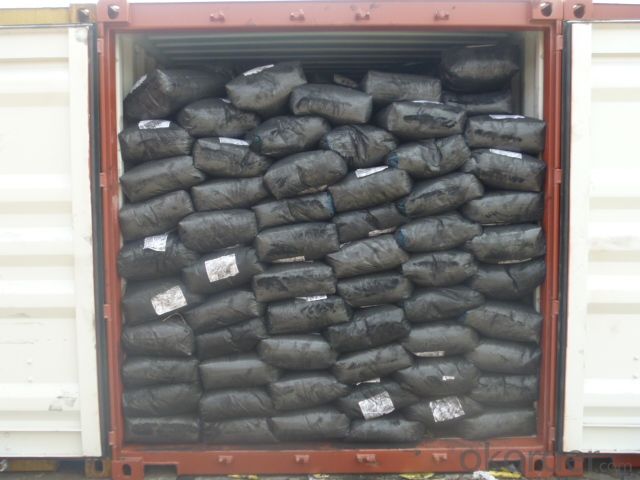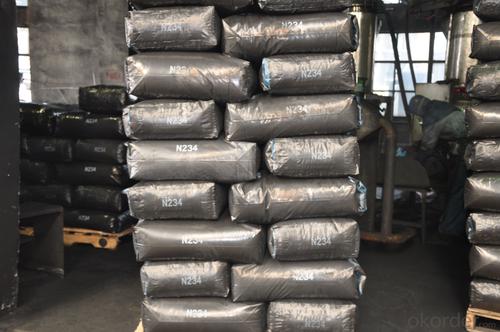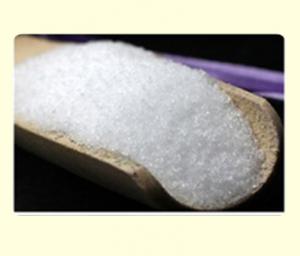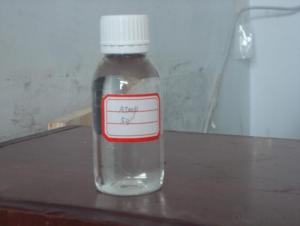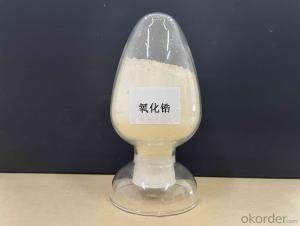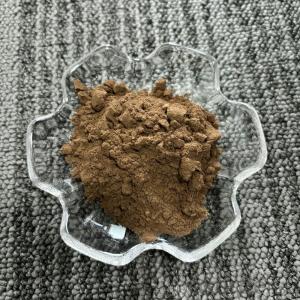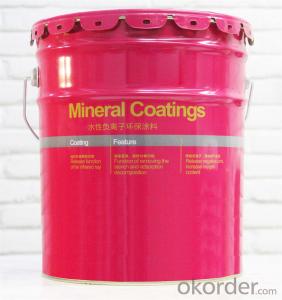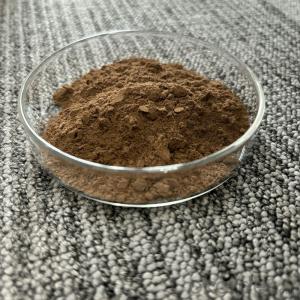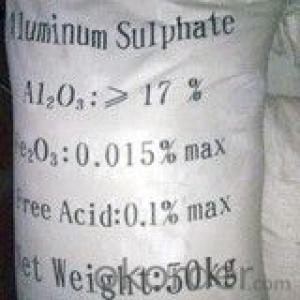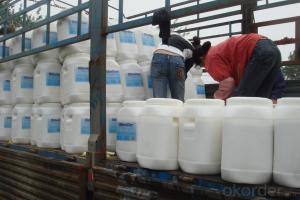Carbon Black N375 Granluar
- Loading Port:
- Tianjin
- Payment Terms:
- TT OR LC
- Min Order Qty:
- -
- Supply Capability:
- 10000MT m.t./month
OKorder Service Pledge
OKorder Financial Service
You Might Also Like
Carbon Black N375 (Granule)
Product Description:
carbon black N375:
1.Usage Rubber Auxiliary Agents;
2.Product Status:Black powder or granular;
3.Standard: ISO 9001:2000
Suggest for Use:
1) The purpose of the use of this product is basically the same with the N339, is mainly used for passenger car tire, truck tire, and off-road tire tread rubber, but also to cover the rubber conveyor belt and so on.
(2) The usage and for the FDA In addition to structural and thermal, chemical and biological thinning slightly lower than the N339, other usage and acting on the N339 is basically the same
TDS of the Carbon Black N375
Product Varieties | N375 | Pouring density(kg/m3) | 305~385 |
Iodine absorption Value(g/kg) | 85~95 | 300%modulus(Mpa) | -0.9~1.1 |
DBP absorption Value (10-5m2/kg) | 109~119 | Ash content | ≤0.6% |
24Mn DBP(10-5m2/kg) | 91~101 | 45um sieve residue | ≤0.05% |
CTAB surface area(103m2/kg) | 90~102 | 500um sieve residue | ≤0.001% |
STSA/(103m2/kg) | 86~96 | Impurity | NO |
Nsa surface area(103m2/kg) | 88~98 | Fine content | ≤10% |
Tint strength(%) | 109~119 | Tensile strength(Mpa ) | ≥-1.0 |
Heatloss(%) | ≤2.5 | Elongation at failure | ≥-40% |
Safety:
As a matter of good industrial hygiene, gloves and safety glasses with side shields or better eye protection should be worn when handing Carbon Black ,For more information, refer to the MSDS.

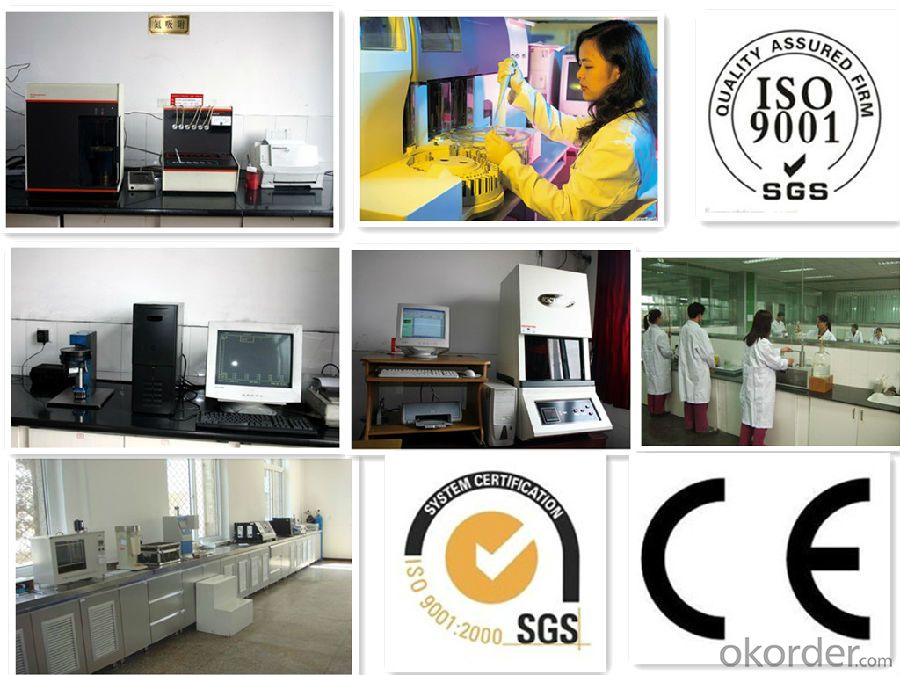
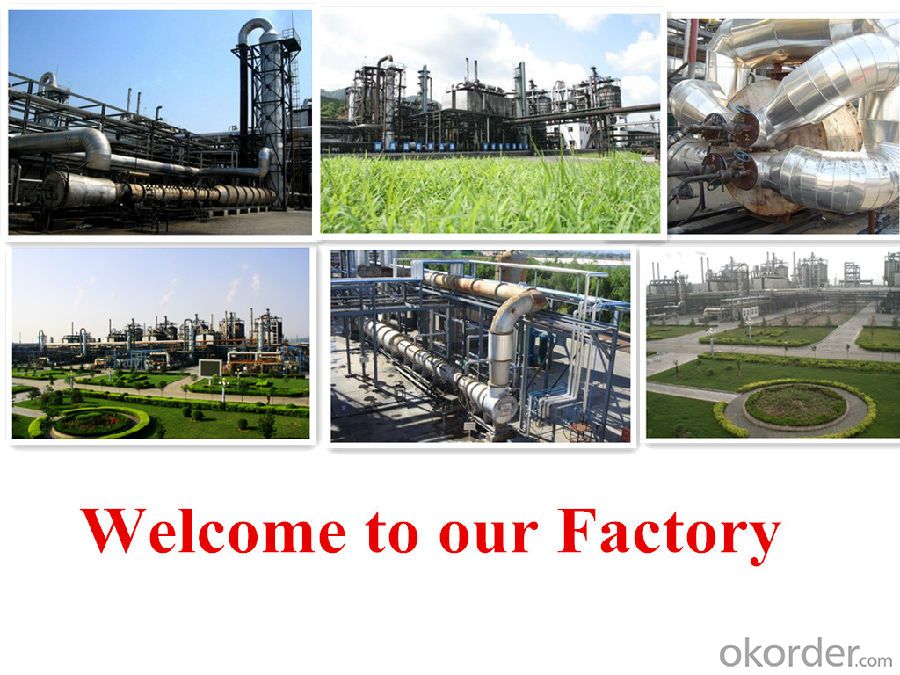
- Q:High school chemistry, catalyst activation energy map
- Catalytic reaction is the reaction of the first reaction with the catalyst or attached to the catalyst to form intermediates, and then further reaction to produce products and catalysts, so the amount of catalyst in theory is the same! The activation of these two processes can be reduced! So there will be two peaks! Can be simplified as a peak!
- Q:I know that a species that does not appear in the chemical equation may also affect the rate of a reaction - e.g. a catalyst. But does that mean the catalyst can be present in the rate equation, and if so are catalysts always present in the rate equation?
- Yes, a catalyst can be included in a rate law. That's because, most reactions occur in a series of step and the rate is based on the rate determining step, which is the slowest step. A catalyst may be a reactant in the rate determining step, and a product in a subsequent step. Therefore, the catalyst is not included in the overall reaction. But a catalyst need not always be in the rate law. The rate law is usually based on the rate determining step. ========== Follow up =========== In the free response questions on the AP chemistry exam there has been at least one case where a rate law included a catalyst( 2002D). Brown and LeMay always include at least one in their examples, and I always cover this situation when I teach rate laws and mechanisms in AP chemistry. Here is one comment: Other examples of species not in the balanced reaction occurring in the rate law would include catalysis, where a catalyst does not normally appear in the balanced reaction but does appear in the rate law. www.chem.arizona.edu/~salzmanr/48... Consider this generalized reaction which is catalyzed by M A + B --C A + M --Q ... slow Q + B --C ... fast M is the catalyst, and Q is the intermediate. The slow, or rate determining step, depends only on the concentrations of A and M, the catalyst. So even though the overall reaction does not include, M, the rate law does. Rate = k[A][M]
- Q:The quality and nature of the catalyst before and after the chemical reaction did not change this sentence wrong? Why did the "middle school student study" say it was wrong?
- The newspaper is wrong and find the teacher's theory. The
- Q:If possible can anyone give me information on the active site, substrates, products, and the energy of activation as part of the answer?Responses greatly appreciated! Thankss! 10pts to best answer!
- Catalysts help shift the equilibrium of a reaction to one that is more favorable. They allow a naturally occurring reaction that may be extremely slow to progress faster or an unfavorable reaction to proceed forward. During the process catalysts are recycled, which means that at the catalyst is the same compound in the beginning and the end of the reaction, although during intermediate steps catalysts can change conformation. Catalysts shift the equilibrium of a reaction by lowering the activation energy of a reaction, which is the energy barrier which must be overcome in order for the reaction to proceed in a desired direction. This can be achieved in several ways such as providing favorable thermodynamic conditions for a reaction or creating intermediates which react more favorably to create the products. Inside the cell a lot of chemical reactions are either too slow to proceed naturally or are simply unfavorable. Catalysts help overcome those barriers. The substrate is the part of the reaction which gets transformed into the products after binding to the active site of the protein.
- Q:Especially how can i explain the experiment with a paper and 2 paperclips with the paper acting as the catalyst.
- Catalysts lower the activation energy of a given chemical reaction, thus speeding it up
- Q:When there is a catalyst in the chemical equation, it is not necessary to match the atoms of the catalyst
- The habit of writing is not to write the catalyst involved in the equation, it is usually written in the equation above the equal or below
- Q:What are the properties of the catalyst (eg, specificity)?
- The definition of a chemical reaction in the chemical reaction can change the chemical reaction rate of other substances, and its quality and chemical properties before and after the reaction did not change the material called catalyst, also known as catalyst. Catalyst in the role of chemical reaction There is also a saying that the catalyst reacts first with one of the reactants and then the two products continue to undergo a new chemical reaction under the original conditions and the reaction conditions of the catalyst reaction are more reactive than the original reaction The reaction conditions of the catalyst have been changed by the reaction of the catalyst by the reaction of the catalyst, that is, the quality and chemical properties mentioned above did not change before and after the reaction.
- Q:Explain how a catalyst may increase the rate of chemical reaction?
- A catalyst lowers the acitvation energy of a reaction.
- Q:Cl + O3 ---> ClO + O2O + ClO ---> Cl + O2= O + O3 ----> 2O2What is the catalyst? The intermediate?How do you know which is which? If the rate law is rate=k [O3] [Cl]determine:a) the overall order.b) unit for k.c) the rate determining step, justify your answer.
- Cl is the catalyst. ClO the intermediate. The catalyst is the component which does not change in overall reaction. He forms some intermediate component(s) with the reactants. In the later reaction steps the intermediate(s) react forming the catalyst in its original state. (a) The overall order is the sum of the orders with respect to the components: n = 1 +1 = 2 (b) the unit of the rate of reaction is r [=] mol/ (Ls) (more general mol per unit time and volume) compare dimensions mol / (Ls) [=] k · mo/L · mol/L =k [=] L/(s mol) (more general unit volume per unit time and mole) (c) First reaction For elementary reaction steps the order of the reaction rate with respect to a reactant is equal to stoichiometric coefficient. Hence the rate of first reaction is: r? = k?·[Cl]·[O?] Overall rate is given by the rate determining step, while other reaction steps are in equilibrium: r = r? = k?·[Cl]·[O?] If second reaction is the rate determine step r? = k?·[O]·[ClO] while reaction 1 is at equilibrium K? = ( [ClO]·[O?] ) / ( [Cl]·[O?] ) =[ClO] = K?·( [Cl]·[O?] ) / [O?] the overall rate would be: r = r? = k?·[O]·[ClO] = K?·k?·[O]·[Cl]·[O?] / [O?] = k·[O]·[Cl]·[O?] / [O?] That doesn't match the observed rate law
- Q:What is the definition and function of the catalyst in chemistry?
- The catalyst plays an important role in chemical production. For example: in the oil refining process, the use of high-performance catalyst into gasoline and no other; in the car exhaust treatment process, with the catalyst to promote harmful gas conversion ...
1. Manufacturer Overview |
|
|---|---|
| Location | |
| Year Established | |
| Annual Output Value | |
| Main Markets | |
| Company Certifications | |
2. Manufacturer Certificates |
|
|---|---|
| a) Certification Name | |
| Range | |
| Reference | |
| Validity Period | |
3. Manufacturer Capability |
|
|---|---|
| a)Trade Capacity | |
| Nearest Port | |
| Export Percentage | |
| No.of Employees in Trade Department | |
| Language Spoken: | |
| b)Factory Information | |
| Factory Size: | |
| No. of Production Lines | |
| Contract Manufacturing | |
| Product Price Range | |
Send your message to us
Carbon Black N375 Granluar
- Loading Port:
- Tianjin
- Payment Terms:
- TT OR LC
- Min Order Qty:
- -
- Supply Capability:
- 10000MT m.t./month
OKorder Service Pledge
OKorder Financial Service
Similar products
New products
Hot products
Hot Searches
Related keywords




